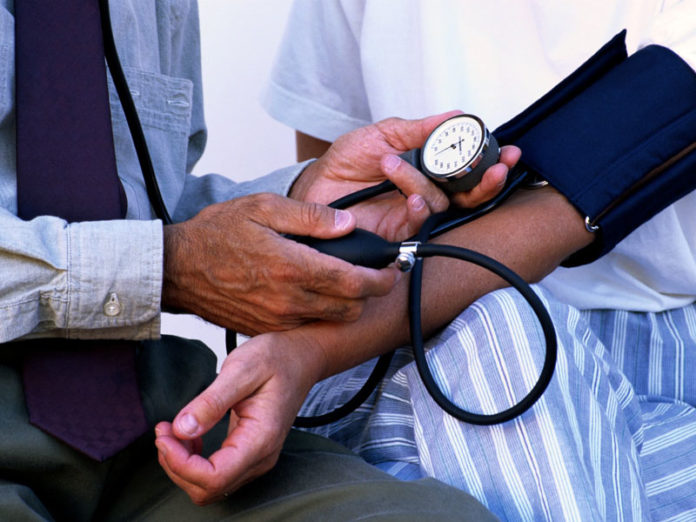Study highlights the importance of measuring blood pressure repeatedly during a single visit to reach correct hypertension diagnosis
Blood pressure needs to be measured repeatedly during a clinic visit or at the time of screening for correct hypertension diagnosis. This is essential to avoid over or under diagnosis of hypertension that may lead to a patient being unnecessarily started on blood pressure medication.
A study published recently in the Journal of Human Hypertension by researchers at the Public Health Foundation of India (PHFI), All India Institute of Medical Sciences (AIIMS), New Delhi and the Economics and Planning Unit, Indian Statistical Institute, highlights the need for multiple blood pressure measurements.
In current clinical practice (either due to large patient load or lack of awareness among physicians), often a single BP measurement is used to diagnose and manage hypertension in busy clinics. This results in a large number of patients being labelled as having high BP and receiving treatment that may not be needed.
The study found a 63% higher prevalence of hypertension when estimated through a single BP measurement as compared to an average of 2nd and 3rd BP measurement. The study also has important implications for the newly launched National Health Mission in India in which the Health and Wellness Centers (HWC) will play a pivotal role in non-communicable disease (NCD) detection and management
In this study the authors found a 63% higher prevalence of hypertension when estimated through a single BP measurement as compared to an average of 2nd and 3rd BP measurement. The study also has important implications for the newly launched National Health Mission in India in which the Health and Wellness Centers (HWC) will play a pivotal role in non-communicable disease (NCD) detection and management. Hypertension detection and management will be an important activity of the HWCs.
Dr Dorairaj Prabhakaran, Vice President – Research and Policy, PHFI and one of the main authors of the study said, “Isolated single measurement increased the prevalence of hypertension by 63% as compared to prevalence while using the mean of second and third reading . In this young population, based on a single BP measurement the prevalence of hypertension was 16.5% and when the average of second and third readings were taken the prevalence reduced to 10.1%. This large reduction in the number of people needing treatment has huge implications for the individual (in terms of avoiding unnecessary treatments) as well as the health system (by reducing the later footfalls to the hospitals as well as decreasing healthcare costs).”
Given the fact that BP measurement is one of the most common clinical practice tools used to determine heart health status as well as predict future heart health related events, the study highlights the need to do it correctly.
In this large population based survey, the authors observed a large variation in prevalence of hypertension and the mean Systolic Blood Pressure (SBP) and Diastolic Blood Pressure (DBP) in single versus repeated BP recording.
Dr Ambuj Roy, Professor, Department of Cardiology, AIIMS and author of the study said, “In India, most physicians rely on a single BP measurement due to time constraints and in view of high clinical load in most health facilities. It is well known that BP varies from moment to moment with respiration, emotion, exercise, meals, tobacco, alcohol, ambient temperature, bladder distension, and pain. Medical practitioners must be encouraged to adopt the practice of repeated measurements in the same visit with the mean of the second and third measurements being the clinic BP, especially in patients with high blood pressure. “



[…] Read More […]
[…] (adsbygoogle = window.adsbygoogle || []).push({}); Source link […]
[…] (adsbygoogle = window.adsbygoogle || []).push({}); Source link […]